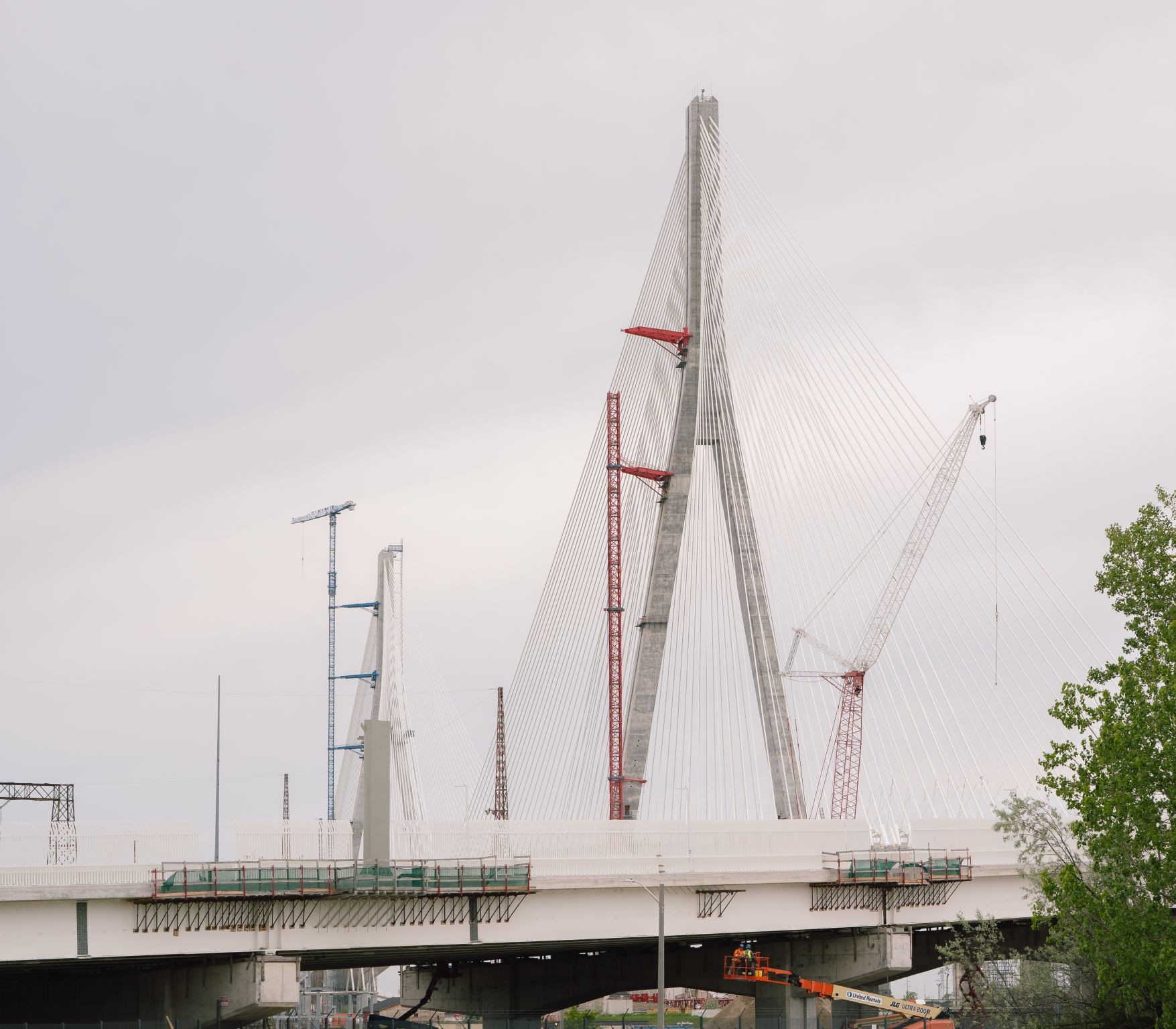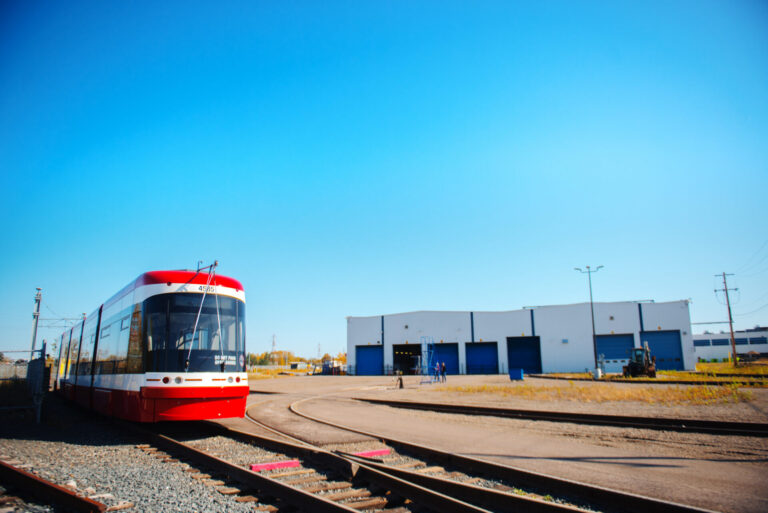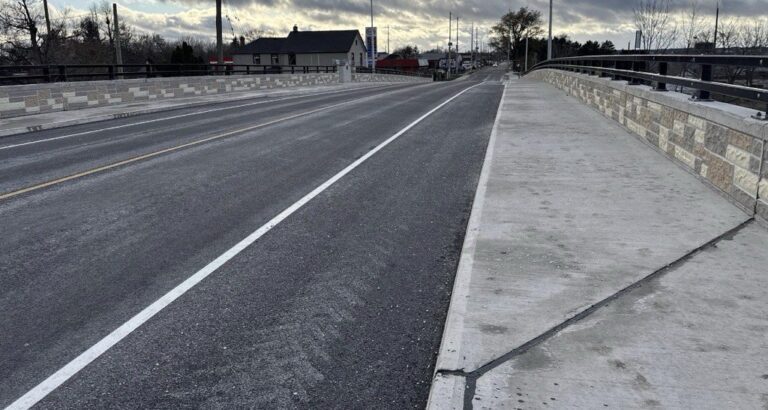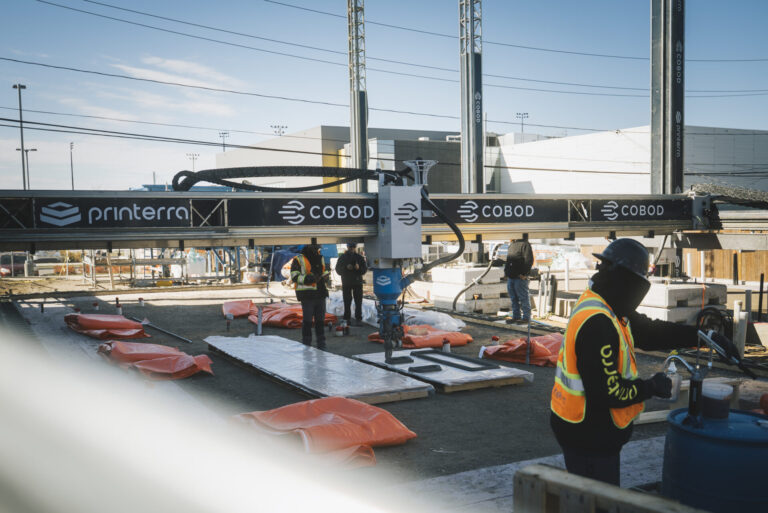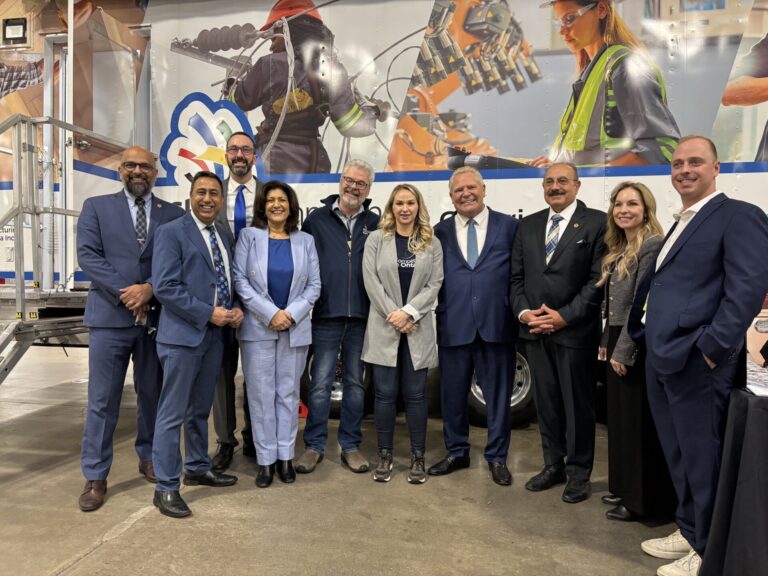The Windsor-Detroit Bridge Authority announced that after five years, the two massive tower cranes on either side of the Detroit River are retiring from the Gordie Howe International Bridge project.
The tower cranes arrived on site in 2020 in an assembly process that took 35 hours over three days. They climbed in height throughout construction to keep up with the growing bridge towers in a process known as “tower crane self-climbing.” With the bridge towers reaching their full heights of 220 metres/722 feet in 2024, the tower cranes, too, hit their final heights of 243 metres/797 feet.
The tower cranes on each side of the border are virtually identical, with one exception – the Canadian crane is red while the US crane is blue. The colours were chosen in homage to the national colours of Canada and the United States.
The Gordie Howe International Bridge project is No. 12 on ReNew Canada’s 2025 Top100 Projects report.
A single dismantling crew is taking both cranes down, one at a time.
Similar to how they were assembled in 2020 but in a reversed dismantling process, the tower cranes are first self-climbed down — beginning at the top — to a reachable height and then removed in sections with the assistance of a 600-ton crawler crane that is fitted with a boom length of 165 metres/541 feet. The crawler crane is required to dismantle the lower part of both tower cranes.
The Canadian tower crane was fully dismantled in May 2025. When the crew finished, the project team transported pieces of the crawler crane on flat beds in 41 separate trips across the Gordie Howe International Bridge to start work on the US side. The US tower crane is expected to be dismantled by the end of June.
Throughout construction, the tower cranes were used to lift heavy materials such as rebar, formwork, anchor boxes and all 216 stay cables.
The removal of the tower cranes marks a major achievement in construction.
Bridge work continues on the installation of electrical, drainage, fire suppression systems, barriers, signage, lighting pavement markings and the completion of the multi-use path.
Additionally, work has begun on the technological systems and processes to ensure they all connect with each other. Building and testing these systems is an important part of the project team’s engagement with our partner agencies, first responders and the transportation agencies on both sides of the border in preparation for operations.
Bridging North America, a joint venture between Fluor, ACS Infrastructure Canada and Aecon Group Inc., are building the bridge for the WDBA. Design is being led by AECOM.
Featured image: (WDBA)

